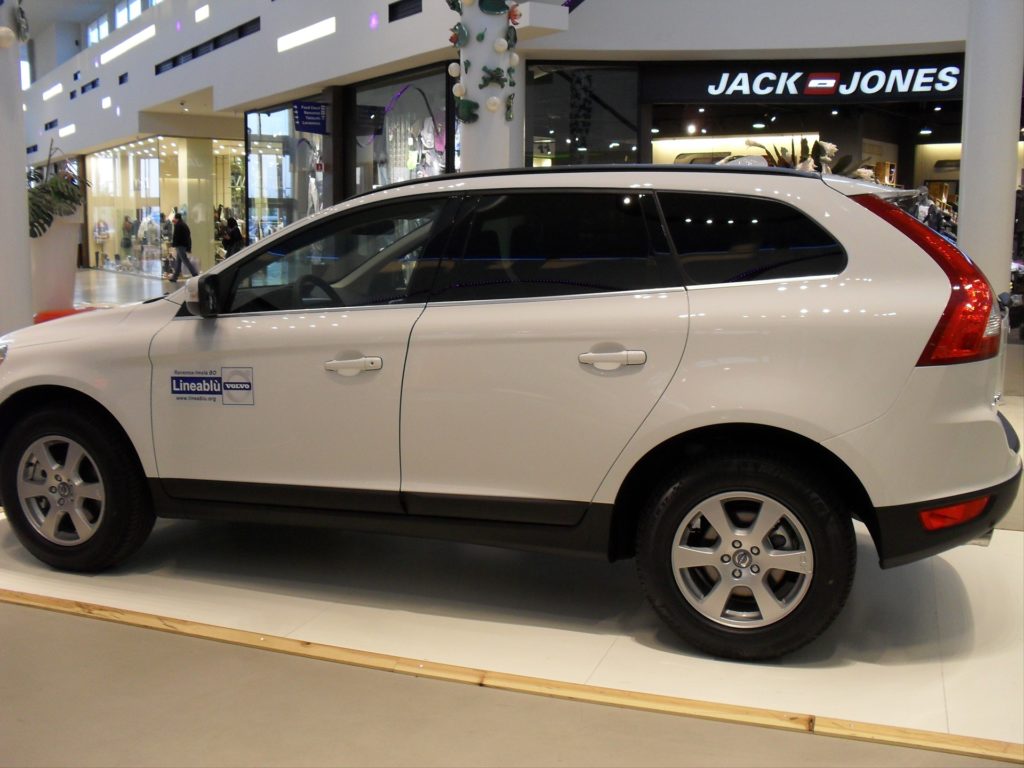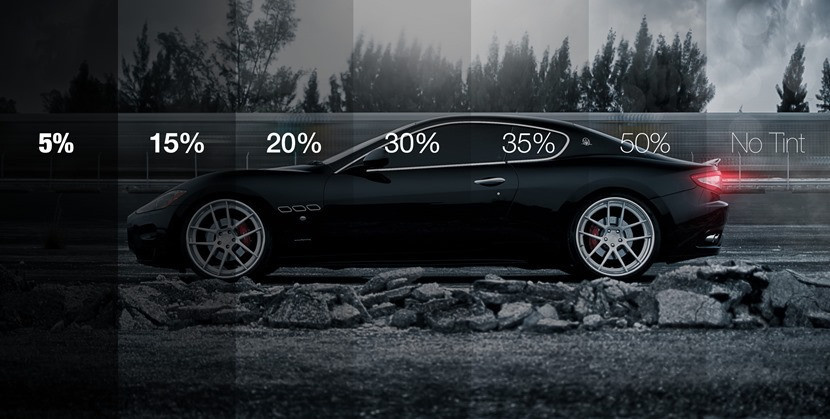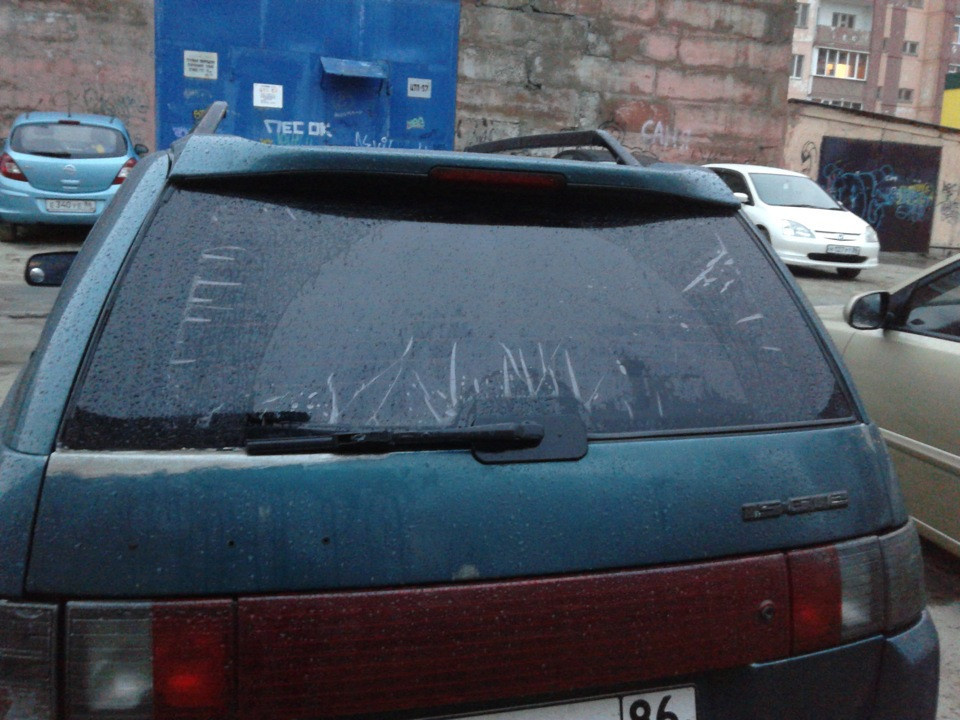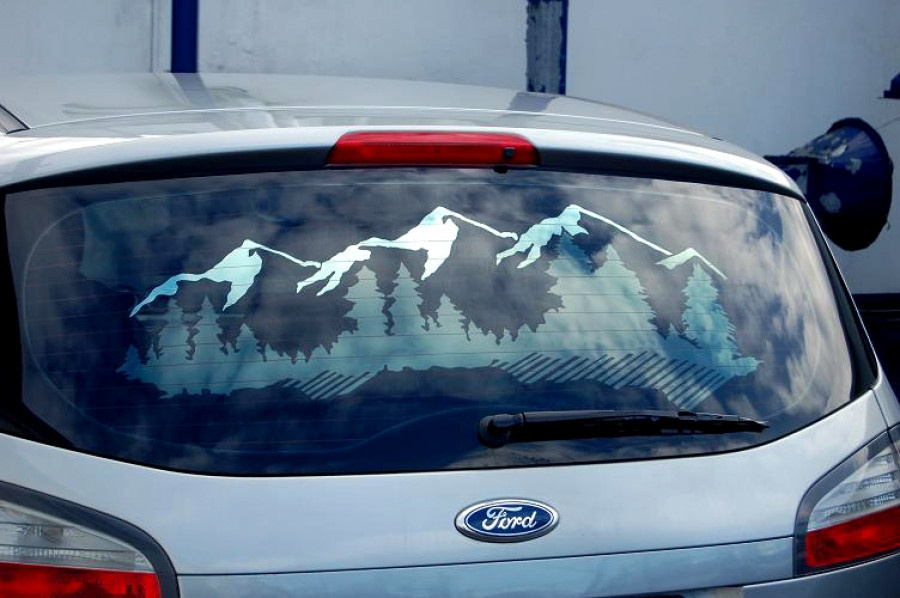
What is the best tint for a car
Content
Before you darken your car, you should pay close attention to choosing the "right" film. The main criterion is different for everyone. For some, this is the price, for others - UV protection or a certain indicator of strength. The most common reason is the desire to change the appearance, beauty of the car. In any case, you will find several options, so you need to consider all of them in order to choose the most suitable for your needs.
Permissible interest
Tinting not only looks good, but also has a practical component. In the event of an accident or a stone hitting the glass, it will not break into small pieces, risking injury to passengers. The film (but not all) will protect from ultraviolet rays and direct sunlight. Some films will help reduce the temperature in the cabin by a few degrees and keep you warm on cold days.
The degree of darkening of the tint is measured as a percentage. The lower the number, the darker the film. With a light transmission of 50-100%, it is almost impossible to determine the presence of tinting by eye. Under current law, you are allowed to use 75% film for the windshield and light, and 70% or more for the side windshield (no one will see it). Therefore, "according to the law" it makes sense to stick a transparent athermal film on the front windows - it will protect you from the sun and heat. A dark stripe at the top of the windshield is acceptable, but this tinting is only allowed up to 14 centimeters wide.

Window tint films with low light transmission not only protect the car from prying eyes, but also provide visibility at night.
The rear windows can be tinted as desired, but mirror films are not allowed. At 5%, 10% and 15% the tint is not enough to see anything in the car. At 20-35%, silhouettes can already be distinguished. Remember that you will also see worse from the inside (especially at night and when using cheap films).
These standards are regulated by GOST 5727-88, and certain conditions are necessary to verify their compliance.
- air temperature from -10 to +35 degrees;
- air humidity not more than 80%;
- taumeter (measuring device) with documents and seal.

Take into account not only the beauty of the external appearance, but also compliance with the current norms of the Code of Administrative Offenses
Before the entry into force of the new law, the fine is 500 rubles. For this offense, the license plate is not removed. Removable tint tricks don't absolve you of responsibility. So if you're caught wearing sunglasses, it doesn't matter if the "film" is pasted over and over or only a couple of front windows are covered - you still have to pay.
Types of tint films for car windows
To facilitate the selection process, it is necessary to understand the basic properties of the material. Let's divide them into specific groups:
- A budget option with a short service life is dyed films. She rarely lasts longer than two years and tans heavily.
- Metallized films are more durable and protect against UV radiation. They consist of three layers: protective, tinting and metal deposition between them. They may interfere with radio or mobile phone signals. They reflect the sun's rays well.
 The car looks stylish and attracts admiring glances.
The car looks stylish and attracts admiring glances. - Spattered is an "update" of the previous type. The metal is not a layer, but is embedded in the structure of the material at the molecular level. Most manufacturers give a lifetime warranty on this type of film.
- Mirror films that are prohibited by law. Outside, they are covered with a layer of aluminum, so they reflect the sun's rays.
 Reflective films, which were popular not so long ago, are now prohibited by law.
Reflective films, which were popular not so long ago, are now prohibited by law. - Gradient or transition films are a "mixture" of tinted and metallized films. It is metallic on the underside and tinted on the top. It looks like a color transition on the outside and a gradual darkening on the inside.
- Athermal - probably the most useful. They protect the driver from sun glare, and the car interior from heat, while transmitting light quite well. They can be transparent or "chameleon". The last option also looks original. The shimmery purple tint gives the car a premium touch. The price matches the look.

- Atermalka is an expensive pleasure that can hardly be done on your own if you do not have professional skills.
- Carbon fiber films are the "new generation" that are rare in our field due to their high cost. Thanks to the technology of graphite deposition in a vacuum, they are practically not subject to wear, do not “tarnish” and do not shine.
- Removable films. They can be silicone, gel or any other glued on a very thin layer of plastic. According to reviews, silicone has a cloudy appearance and limited strength when re-glued (air bubbles, streaks along the edges). Given that it does not exempt from fines, this does not make sense.
- Removable tinting does not do its job so well that you have to pay a fine every time.
Which tint manufacturer is the best
The United States is the clear and undisputed leader in the production of ink film. Practice shows that you should choose high-quality films among American brands: Llumar, Ultra Vision, SunTek, ASWF, Armolan, Johnson, 3M. The list can be supplemented by the Indian company Sun Control and the Korean company Nexfil, which also have quality products. These companies have an established production process and value their name. Therefore, when buying, check the certificates so as not to run into a fake.
In contrast to all of them, there is a Chinese tint film. Its main advantage is the price. The main disadvantage is rest. Low strength, poor sun protection and installation problems (not the easiest gluing process, hooks and bad glue) - a common film company from China. It is recommended to use only as a temporary option due to the limited budget for car tuning.
 Such a film obviously does not add a presentable look.
Such a film obviously does not add a presentable look.
The nuances of choice: how to glue the rear and front windows of the car
Having decided on your attitude to GOST and its standards, you can go directly to choosing an option for you. Please note that the glass itself does not transmit 100% of the light (usually 90-95%). Before installation, it is good to take a small piece of material and check the overall light penetration with a measuring device.
Let's start with budget. If your finances are limited, you can even watch a Chinese movie. Just do not stick it yourself - you will suffer a lot, use the services of sealants (then you can demand defects from them later). If you're up for short life and gradual color loss, this might be your choice.
Window tint films from the "big name" manufacturers discussed in the previous section are stronger and easier to apply than Chinese films. You can choose a more expensive film and install it yourself. For the same money, you will get a better product for your car.
The next "level" is all types of metallized films: color, gradient or just black. In addition to changing the appearance, UV protection and good abrasion resistance are added to the “load” (you can count on 5-6 years). However, you will have to pay extra for these features. Good craftsmen can apply almost any pattern (at the level of an airbrush) to a color film. If you're willing to pay an extra +30% for a better product, go for a sprayed tint film.
 Don't forget that your rear windows are meant for something. Or at least buy a panoramic rear-view mirror.
Don't forget that your rear windows are meant for something. Or at least buy a panoramic rear-view mirror.
Athermal film is suitable for medical practitioners who choose to comply with the law. Transparency allows you to paste over the entire window and windshield. High-quality Athermal window film traps up to 90% of the heat from the sun's rays. Many people note that after installing the air conditioner, they began to turn it on much less often. This is achieved by layering (up to 20 layers, depending on the manufacturer). Each layer stops a certain narrow spectrum of ultraviolet and infrared radiation. Of course, such complex technology leads to increased costs. This is an option for those who are willing to pay for their comfort (windbreaker from 3 rubles). "Chameleon" performs the same functions, only with a beautiful shimmer, so it costs twice as much.
Color and gradient films will appeal to fans of tuning. Usually in such cases, "invisible" properties do not matter much. The most important thing is to choose the right color.
When choosing a tint film, the main criterion is the price. If there is no certain amount, then the choice is limited. But for every thousand you add on top, you get additional properties. Decide how important they are to you and the choice will become clear. If you don't glue yourself, ask about the work done or search the Internet for reviews of the installer. "Bad Hands" can ruin the best movie ever.
Of course, this is informative, but it is incorrect to write about 70% light transmission and that metallized films are prohibited by law, and not indicate the country where these standards apply.
 The car looks stylish and attracts admiring glances.
The car looks stylish and attracts admiring glances. Reflective films, which were popular not so long ago, are now prohibited by law.
Reflective films, which were popular not so long ago, are now prohibited by law.